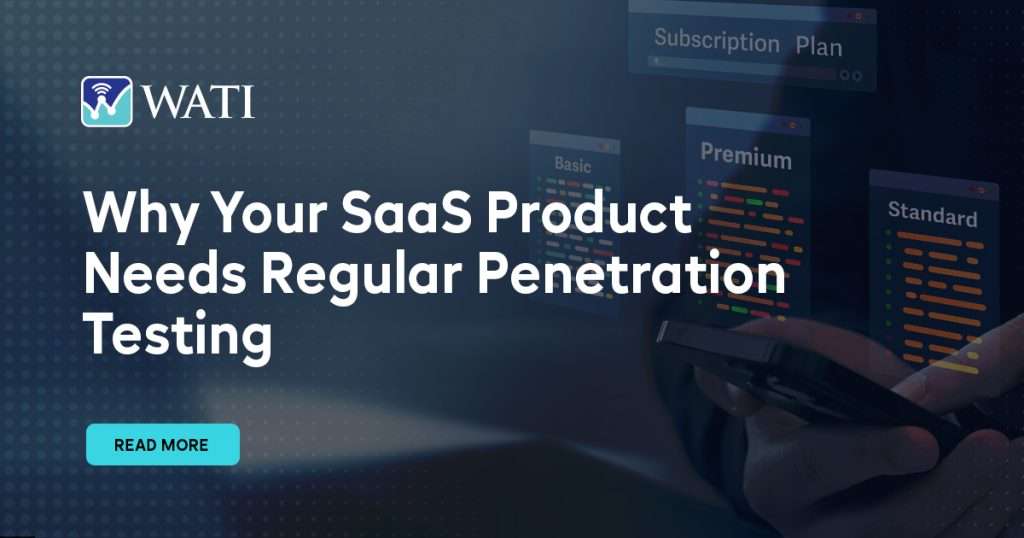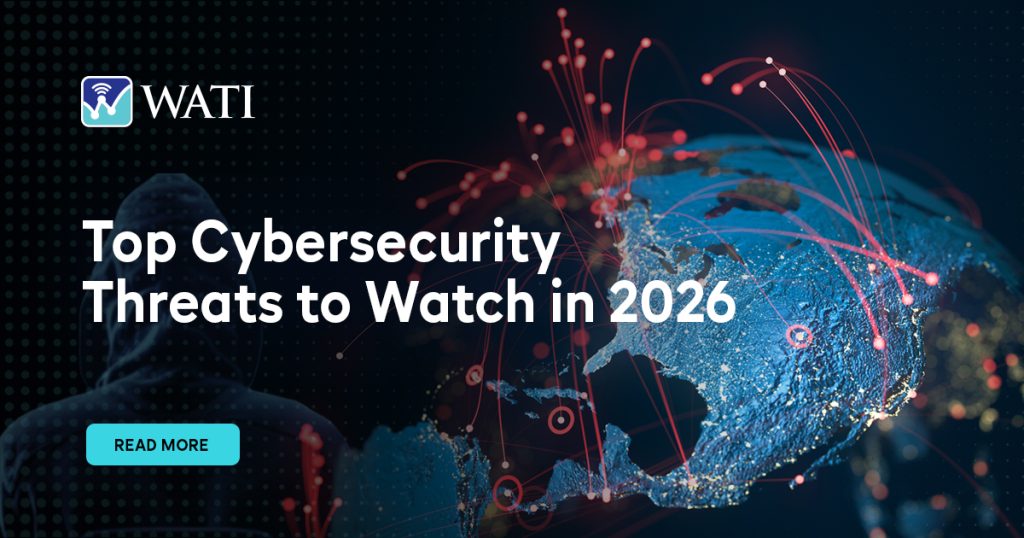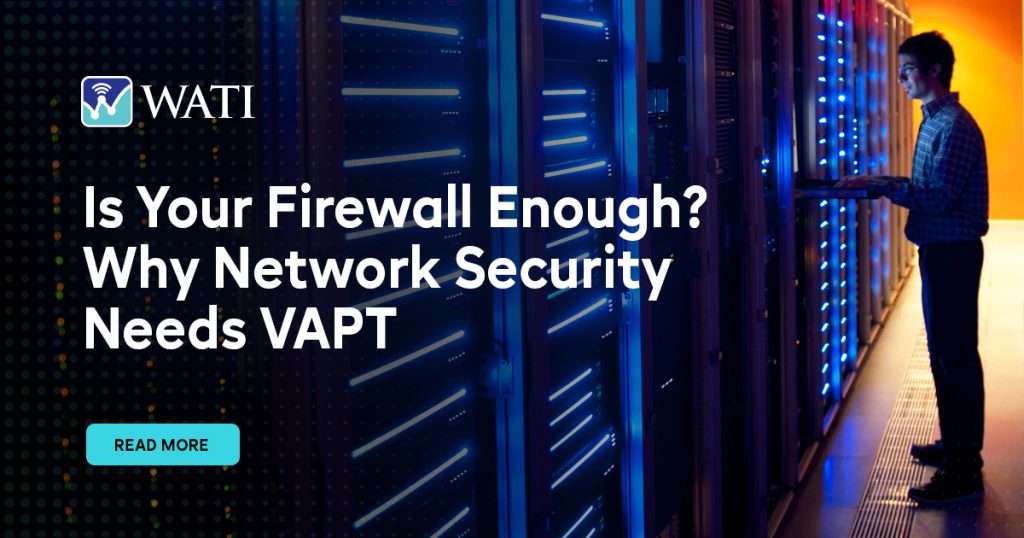The banking sector has always been a prime target for criminals. In the digital age, traditional bank robbers have evolved into sophisticated cyber adversaries, and the vaults they target are now vast repositories of sensitive financial data and customer information. The stakes are astronomically high: financial loss, reputational damage, erosion of customer trust, and severe regulatory penalties. As cyber threats become increasingly complex and relentless, financial institutions must adopt a multi-layered, proactive, and adaptive approach to cybersecurity.
Preventing cybercrimes in banking sector isn’t about a single solution; it’s about weaving a robust tapestry of technological defenses, stringent processes, and a vigilant human element. Here are 7 key measures that are crucial for fortifying the banking sector against the ever-evolving cyber threat landscape.
Implementing a Robust Multi-Factor Authentication (MFA) and Advanced Identity & Access Management (IAM) Framework
Compromised credentials remain a leading cause of data breaches. Single-factor authentication (username and password) is no longer sufficient, especially in a sector handling vast sums of money and sensitive personal data.
- Multi-Factor Authentication (MFA): Implementing MFA across all critical systems, for both customers and internal employees, is non-negotiable. This should include a combination of something the user knows (password), something the user has (hardware token, authenticator app), and something the user is (biometrics like fingerprint or facial recognition). For high-risk transactions or privileged access, adaptive MFA, which adjusts authentication requirements based on risk signals (location, device, time of day), should be employed.
- Advanced Identity & Access Management (IAM): A strong IAM framework ensures that only authorized individuals have access to specific resources, and only to the extent necessary for their roles (Principle of Least Privilege – PoLP). This includes:
- Regular Access Reviews: Periodically auditing user access rights to remove unnecessary permissions and de-provision accounts for former employees or contractors promptly.
- Privileged Access Management (PAM): Implementing dedicated PAM solutions to secure, manage, and monitor accounts with elevated privileges (e.g., system administrators). This often involves session recording, password vaulting, and just-in-time access.
- Single Sign-On (SSO): While convenient, SSO systems must be heavily fortified with MFA as they can become a single point of failure if compromised.
Continuous Network Monitoring, Advanced Threat Detection, and Rapid Incident Response
The speed and sophistication of modern attacks mean that banks cannot afford to be reactive. Proactive and intelligent detection, coupled with a swift response, is paramount.
- Security Information and Event Management (SIEM) & Security Orchestration, Automation, and Response (SOAR): SIEM systems collect and correlate log data from across the network, while SOAR platforms automate responses to predefined security events, speeding up containment. AI and machine learning are increasingly integrated into these platforms to detect anomalies and novel attack patterns that signature-based systems might miss.
- Endpoint Detection and Response (EDR) / Extended Detection and Response (XDR): EDR provides deep visibility into endpoint activity (workstations, servers, mobile devices), while XDR extends this visibility across network, cloud, and email environments, offering a more holistic view of an attack chain.
- Network Segmentation: Dividing the network into smaller, isolated segments limits the lateral movement of attackers if one part of the network is breached. Critical systems and data should reside on highly restricted segments.
- Dedicated Security Operations Center (SOC): Whether in-house or outsourced to a Managed Security Service Provider (MSSP), a 24/7 SOC staffed by skilled analysts is crucial for continuous monitoring, threat hunting, and initial incident triage.
- Well-Defined Incident Response Plan (IRP): Having a comprehensive, regularly tested IRP is vital. This plan should outline roles, responsibilities, communication protocols, containment procedures, eradication steps, and recovery processes. Tabletop exercises and simulations help ensure readiness.
Rigorous Vulnerability Management and Proactive Penetration Testing
Attackers are constantly scanning for weaknesses. Banks must be even more diligent in finding and fixing them first.
- Continuous Vulnerability Scanning: Regularly scanning all internal and external assets (servers, applications, network devices) for known vulnerabilities and misconfigurations.
- Timely Patch Management: Establishing a strict process for testing and deploying security patches for operating systems, applications, and firmware as soon as they become available. Critical vulnerabilities often require emergency patching.
- Regular Penetration Testing & Red Teaming: Engaging independent third-party experts to conduct penetration testing (simulating attacks to find exploitable vulnerabilities) and red teaming exercises (emulating real-world adversary tactics, techniques, and procedures to test overall defensive capabilities, including people and processes). These exercises provide an invaluable “attacker’s eye view” of the bank’s security posture.
Comprehensive Employee Cybersecurity Awareness Training and Phishing Simulations
The human element is often cited as the weakest link, but it can also be the strongest line of defense if properly trained and empowered.
- Regular and Engaging Training: Moving beyond annual tick-box exercises to frequent, engaging, and role-specific training that covers current threats like sophisticated phishing, social engineering, vishing, SMiShing, and safe online practices.
- Phishing Simulations: Conducting regular simulated phishing campaigns to test employee awareness and provide immediate feedback and targeted re-training for those who fall victim.
- Clear Reporting Mechanisms: Establishing easy-to-use channels for employees to report suspicious emails or activities without fear of reprisal.
- Security-Conscious Culture: Fostering a culture where cybersecurity is seen as everyone’s responsibility, from the teller to the CEO.
Advanced Data Security Measures: Encryption, Data Loss Prevention (DLP), and Secure Data Lifecycle Management
Protecting sensitive customer and financial data is at the heart of banking cybersecurity.
- End-to-End Encryption: Encrypting data at rest (on servers, databases, and endpoints), in transit (as it moves across networks), and increasingly, in use (using technologies like homomorphic encryption or confidential computing where feasible). Strong, industry-standard encryption algorithms and robust key management practices are essential.
- Data Loss Prevention (DLP): Implementing DLP solutions to monitor and control the movement of sensitive data, preventing unauthorized exfiltration via email, USB drives, cloud storage, or other channels. DLP policies should be tailored to the specific data types and regulatory requirements of the bank.
- Data Classification and Tagging: Identifying and classifying sensitive data to ensure appropriate security controls are applied throughout its lifecycle.
- Secure Data Destruction: Implementing secure procedures for destroying data that is no longer needed, in compliance with retention policies and regulations.
Robust Third-Party Risk Management (TPRM)
Banks rely on a vast ecosystem of third-party vendors, from core banking system providers to marketing agencies. Each vendor introduces potential security risks.
- Due Diligence: Conducting thorough security assessments of all third-party vendors before onboarding them, evaluating their security policies, controls, and certifications.
- Contractual Agreements: Including specific cybersecurity requirements, audit rights, and breach notification clauses in vendor contracts.
- Continuous Monitoring: Regularly reassessing the security posture of critical vendors throughout the relationship, as their risk profile can change.
- Supply Chain Security: Understanding the security practices of your vendors’ vendors (fourth-party risk) where critical services are involved.
Adherence to Regulatory Compliance and Proactive Adaptation to Evolving Standards
The banking sector is heavily regulated, with numerous cybersecurity mandates (e.g., PCI DSS, GLBA, country-specific regulations like those from RBI in India, MAS in Singapore, etc.).
- Comprehensive Compliance Programs: Establishing programs to ensure adherence to all relevant local and international cybersecurity regulations and standards. This includes regular audits and assessments.
- Staying Ahead of New Regulations: Proactively monitoring for upcoming changes in regulatory landscapes and preparing to adapt systems and processes accordingly.
- Collaboration with Regulators: Maintaining open lines of communication with regulatory bodies and participating in industry forums to understand expectations and contribute to the development of effective security standards.
- Beyond Compliance: Recognizing that compliance is a baseline, not the ceiling. True security requires going beyond mere checkbox adherence to implement best practices and a risk-based approach.
Conclusion:
Preventing cybercrimes in the banking sector in 2025 and beyond is a continuous, dynamic endeavor. It requires a significant investment in technology, skilled personnel, and ongoing training. It demands a culture of security awareness that permeates every level of the organization. By diligently implementing these seven key measures, financial institutions can significantly strengthen their defenses, protect their customers’ assets and data, maintain trust, and navigate the treacherous waters of the modern cyber threat landscape with greater confidence and resilience.
The vault may be digital, but (FAQs)
Banks can prevent cybercrimes through multi-factor authentication, regular VAPT, endpoint protection, real-time monitoring, secure app development, employee training, and regulatory compliance.
Multi-factor authentication (MFA) adds an extra layer of security by requiring users to verify their identity using multiple factors, helping prevent unauthorized access even if passwords are compromised.
Banks should conduct VAPT at least quarterly or whenever significant changes occur in infrastructure, applications, or compliance requirements to identify and fix security vulnerabilities proactively.
Advanced endpoint protection solutions like EDR and XDR help detect, investigate, and respond to malware, ransomware, and insider threats across devices, ATMs, and servers in real time.
Cybersecurity awareness training educates employees on phishing, social engineering, and secure practices, making them the first line of defense against cyber threats and human error.
DevSecOps integrates security into the software development process, ensuring vulnerabilities are caught and fixed early in banking apps, reducing the risk of data breaches.
Banks must comply with standards like PCI DSS, RBI guidelines, GDPR, and local financial regulations to ensure data protection, legal compliance, and customer trust.
Real-time monitoring through SIEM systems and threat intelligence enables banks to detect suspicious activity, investigate incidents quickly, and prevent breaches before they escalate.
Banks face challenges such as ransomware, phishing, APTs, insider threats, outdated systems, and compliance issues—all requiring layered cybersecurity defenses.
Regular cybersecurity audits help identify weaknesses, ensure compliance, and verify that all security measures, from MFA to endpoint protection, are working as intended.



